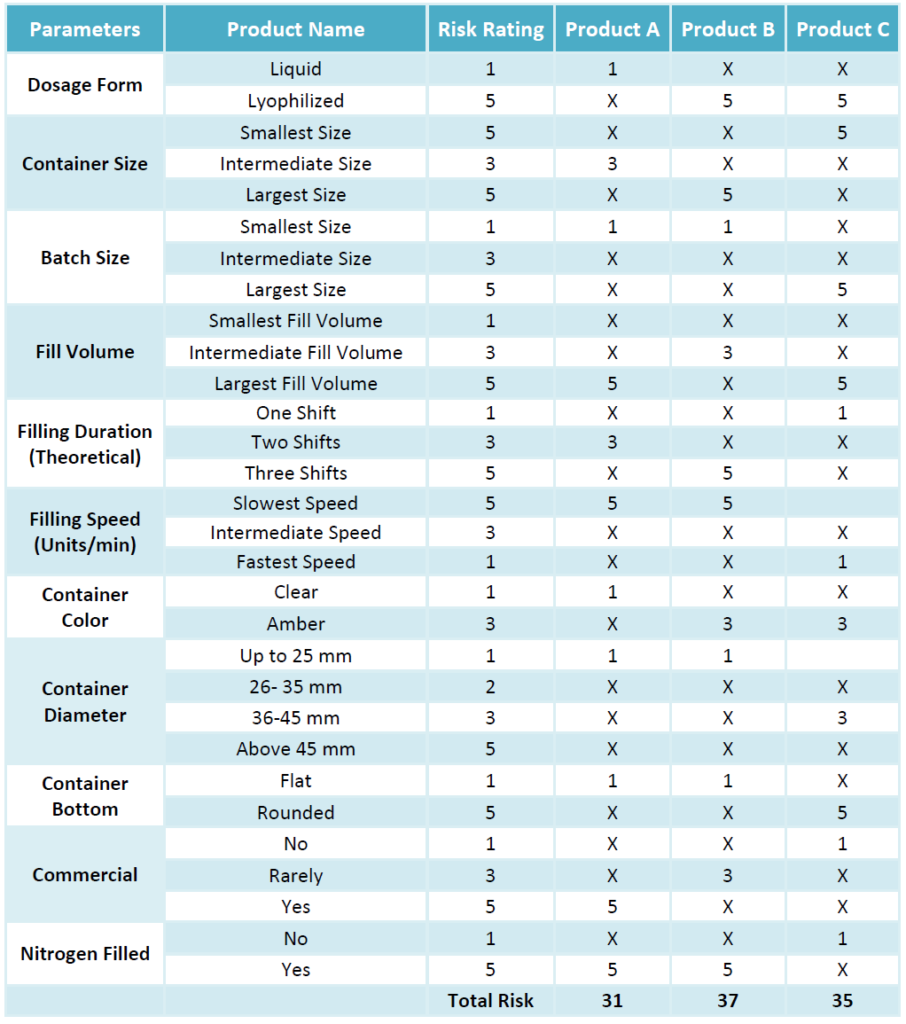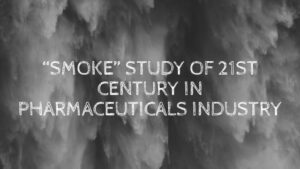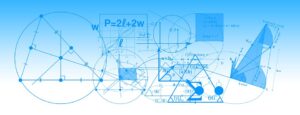Introduction
Pharmaceuticals Sterile Injectable Manufacturing and Filling Line produces a variety of products including liquid and lyophilized types, therefore a risk based rationale should be adopted with permutations and combination of Batch size, fill volume, filling speed, filling duration, container closure type, process or steam sterilization, product form (liquid or lyophilized), mode of product sterilization (filtration, terminal sterilization, aseptic process etc.), Inert gassing after filling of containers, equipment trail etc.
Spectrum of Assessment for Design of Strategy
Brief snapshot of different levels of assessment is tabulated below which should be considered for the strategy design.

A risk based rationale outlining how the simulation program supports the capabilities of facility aseptic operations is strategized herein this article.
This risk based rationale will lay down the strategy process to justify that all the product being manufactured or filled into different permutation and combination cannot be simulated simultaneously (every half yearly, which is regulatory recommendations); however the same shall be simulated under the media fill program through defined strategy.
Periodic Recalibration of Design Strategy
This study rationale outlines the roadmap for each manufacturing and/or filling line indicating how the chosen process simulation studies performed support the product permutations filled on the manufacturing line or facility. Also, it is recommended that such risk based assessment should be revisited, periodically (preferably every 2 years) to ensure its appropriateness, consistent with any changes in products, components, practices or equipment that could alter the circumstances.
Criteria’s for Determination of ‘Worst Case’
Media fill should be carried out based upon the matrix determined through worst case.
Some examples for Selection of Worst Case and designing of Matrix approach adopted while preparing this document is elaborated below:
Designing of media fill program should consider the smallest container operating at the highest speed as this may encounter the greatest handling difficulty on the line. As handling difficulty is associated with an expected greater need for human intervention in either routine or corrective activity then this is an obvious worst case selection for the process simulation program.
- Largest container filled at the slowest speed presents the greatest opportunity for airborne contamination to enter from above and is often selected as the other worst case extreme for filling systems.
- Wide diameter of the vials may expose the product to airborne contamination, this this may be considered as the worst case for the media fill simulation.
- In case of small vials of similar diameter such as 1 mL, 2 mL and 3 mL units. The 3 mL due to its higher center of gravity may present more of a handling difficulty than its smaller diameter vials, and thus might be a more suitable choice for use in the process simulation.
Matrix Approach in deriving the Worst Case Product
Below table describes the scientific understanding to evaluate the worst case by consideration of possible factors rather than focusing only on operation quantum.

Based upon the above exercise, it can be concluded that the Product B falls under the worst case. A small write up can be summed up as stated below to define as worst case:
Product B is a lyophilized product which simulates the filling process of liquid product, having the largest container thus will undergo maximum exposure during filling. It has maximum operation shifts therefore covers the shift changeover when run under slowest speed which poses higher risk to the sterility as the product will take more time to fill and get stoppered. Therefore, it falls under worst case.
Alternation is Media Fill Programs
Some alterations are recommended during the media fills from the routine practices as listed below. Theses alterations have been scientifically justified in terms of microbial growth promotion criteria.
- Replace opaque containers with clear one to aid in the detection of contaminants post-incubation should be adopted, provided the removal of the coloring agent or wrapping does not alter the material handling characteristics of the container, in which case the opaque container is preferable despite the added inspectional difficulties.
- Anaerobic media fills may be used in nitrogen filled closed isolators where oxygen levels are much reduced for true anaerobic growth, but can be a relatively rare practice and / or circumstance.
- Amber color vial should not be considered for Media Fill due to difficulties during the visual inspection.
- Full batch size and duration (manipulations and interventions) may not be considered for the media simulation due to practical constrains such as media preparation or sterilization, however the duration of media fill program may be preferred in such cases.
- Compressed Air may be used in case of product where Nitrogen purging is given to provide growth promoting conditions for process simulation
- Lyophilization vacuum cycle should be simulated, however the duration vacuum cycle of may be reduced significantly to ensure the growth promotion of any contamination if present there.
Conclusion
A risk based assessment concludes that most of the critical parameters (as detailed in the matrix) related to manufacturing of multiple filling pack sizes are evaluated to determine that worst case in terms of process risk and aseptic manipulations.
The worst cases recommended for consideration of the different parameters that are associated with respect to process simulation includes, Dosage form (liquid or Lyophilized), Vial Size (Smallest and Largest Size), Filling Speed (Minimum and Maximum), Fill Volume (Minimum and Maximum), Vial Diameter, Filling Duration etc.
Worst case identified should be considered for the process simulation program (but not limited to) based upon the ongoing processes and operations. These simulation programs should be rationalized scientifically to justify the other manufacturing operations which are not captured in process simulations.
Based upon the risks identified (worst case identified) during the detailed process mapping covering all the process dimensions, it is concluded that the process simulation of the identified worst cases should demonstrate that the aseptic processes and practices are established to the desired state of control.
Guideline References
- Guidance for Industry Sterile Drug Products Produced by Aseptic Processing — Current Good Manufacturing Practices (USFDA)
- PDA Technical Report No.28 Process Simulation Testing for Sterile Bulk Pharmaceuticals Chemicals
- Validation of Aseptic Processes (James Agalloco) Chapter 22: Aseptic Processing for Dosage Form Manufacturer: Organization and Validation.

Raman is a versatile experienced Bio-pharmaceutical professional with more than 17 year of experience in Sterile and Non-Sterile Formulations. Raman is working in different aspects of Sterile Validations and designing Pharmaceuitcals Quality Systems for the next century. He is a versatile and tech savvy professional who believe the Quality is the foundations of Growing Organizations








